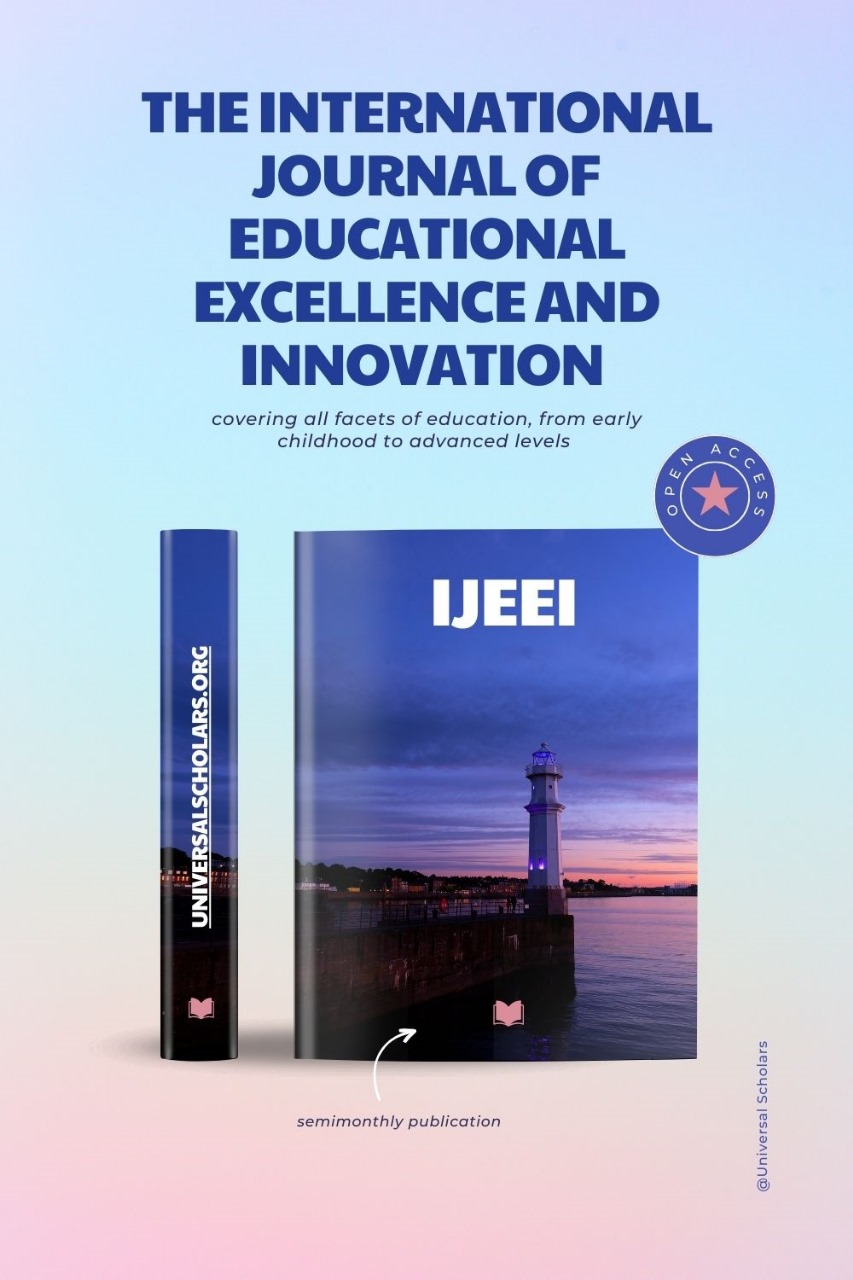Abstract
Living together, the watchword for the Cameroon of tomorrow is closely linked to national languages. This article, therefore, addresses this theme. Since the introduction of national languages and cultures into school curricula under Law No. 98/004 of April 14, 1998, the Cameroonian government has advocated a new policy encouraging harmonious coexistence among the national languages across the country. Language, as the primary foundation of an individual's personality and cultural identity, is considered an indispensable instrument and medium for expressing thoughts, traditions, beliefs, arts, habits, and customs. In short, it represents all that remains when everything else has been lost. When a society accepts, without discrimination, the languages (mother tongues) that form an integral part of its development, it can address, in a concerted manner, the problems undermining its existence and hindering its growth. Unfortunately, members of society are increasingly neglecting their linguistic and cultural heritage in favor of modernism and foreign languages, which are not as conducive to their development as one might hope. Faced with this challenge, there is an urgent need to establish a teaching method that serves as a bridge between languages, cultures, and the concept of living together. To achieve this, we aim to sufficiently equip learners, teachers, and community members to promote their holistic development and ensure seamless integration without barriers. In a context marked by linguistic diversity, we are exploring the feasibility of fostering sustainable peace through practical approaches to linguistic knowledge in educational institutions. In this vein, we will clarify key concepts, analyze the impacts, and examine limitations, ultimately contributing to the development of a productive framework for living together.
References
ASSOUMOU, Jules (2007), Pour une intégration réussie des langues nationales dans l'enseignement scolaire au Cameroun. In Africa Journal of Applied Linguistics N°5. Yaoundé: Editions du CLA.
BERARD, Evelyne (1989), L’approche Communicative: Théorie et pratiques, Paris, CLE International.
KAFFO, Roger (2014), Les Mbäfeung, peuple des hautes terres de l'ouest du Cameroun: croyances et pratiques traditionnelles et culturelles, L'Harmattan.
MBOUDA, Didier (2015), La didactique des langues nationales: L’art d’enseigner en contexte multilingue à l’école maternelle et primaire: approches historiques et démarches pédagogiques, ISBN: 97823340053520.
TADADJEU, Maurice, SADEMBOUO, Etienne et MBA, Gabriel (2004), Pédagogie des Langues Nationales Camerounaises, Yaoundé, CLA-PROPELCA.
PABA, Jean-François (2016), Guide pratique sur l’Approche par compétences, École supérieure du professorat et de l’éducation de l’Académie d’Aix-Marseille.
POTH, Joseph (1999), La didactique des langues nationales africaines par les jeux traditionnels et le travail productif, Centre International de Phonétique Appliquée – Mon Guide pratique, Linguapax N°8.
ROEGIERS, Xavier (2006), “L’APC dans le système éducatif algérien,” La refonte de la pédagogie en Algérie, Bureau International de l’Éducation, UNESCO, Ministère de l’Éducation Nationale, Algérie, pp. 51-84.
ROEGIERS, Xavier (2008), Une Pédagogie de l’Intégration, Compétences et Intégration des Acquis dans l’Enseignement, Bruxelles, De Boeck.
SAHA, Zacharie & KOUESSO, Jean Romain (2017), Les Grassfields du Cameroun: les fondements culturels au développement humain, Yaoundé, éditions du CERDOTOLA.
TADADJEU, Maurice, SADEMBOUO, Etienne et MBA, Gabriel (2004), Pédagogie des Langues Nationales Camerounaises, Yaoundé, CLA-PROPELCA.
WIESEMANN, Ursula, SADEMBOUO, Etienne et TADADJEU, Maurice (1983), Guide pour le développement des systèmes d'écriture des langues africaines, Yaoundé: Collection PROPELCA.
Guide d’orientation de l’éducation au Cameroun tiré de La Loi n°98/004.

This work is licensed under a Creative Commons Attribution-NonCommercial-NoDerivatives 4.0 International License.
Copyright (c) 2024 Christiane Gaël Fomekong (Author)

